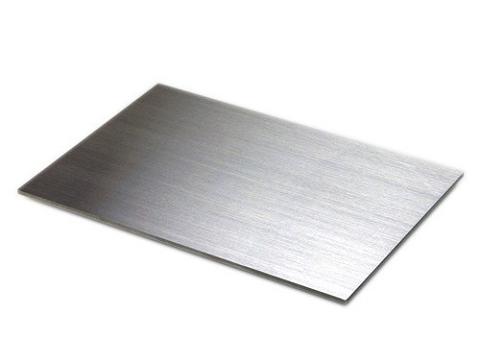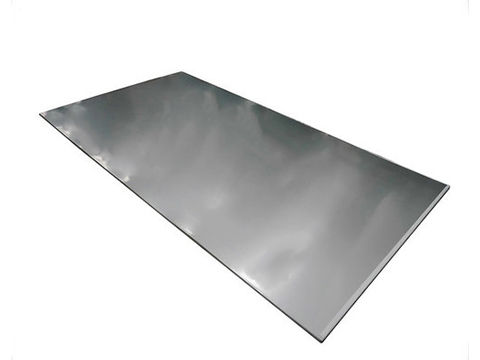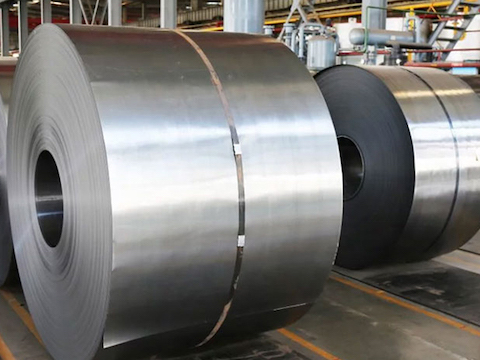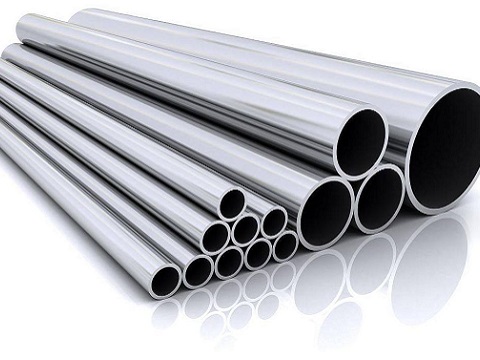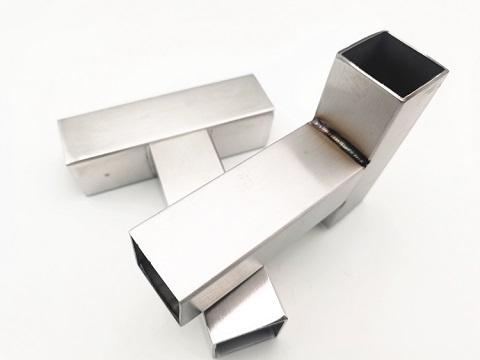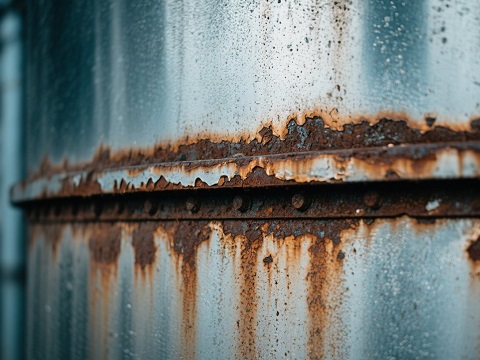410 Stainless Steel Plate
Home » Stainless Steel » 410 Stainless Steel Plate 410 Stainless Steel Plate Width: 600-1200mm or customizable Thickness: 0.1-3.5 mm Surface: No.1, 2bB, BA, HL, No.4, No.8 Product Introduce 410 stainless steel is a basic universal martensitic stainless steel suitable for high stress components, with good corrosion resistance, high strength, and high hardness. The chromium content of 410 stainless steel is at least 11.5%, which is sufficient to exhibit excellent corrosion resistance in mild atmospheres, steam, and many mild chemical environments. It is a universal steel grade, usually supplied in a quenched but still machinable state, suitable for applications that require high strength and moderate heat and corrosion resistance. After […]
410 Stainless Steel Plate 続きを読む »
